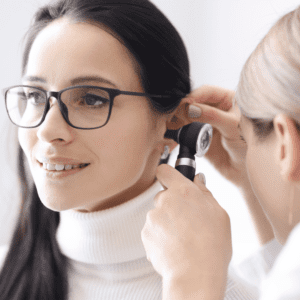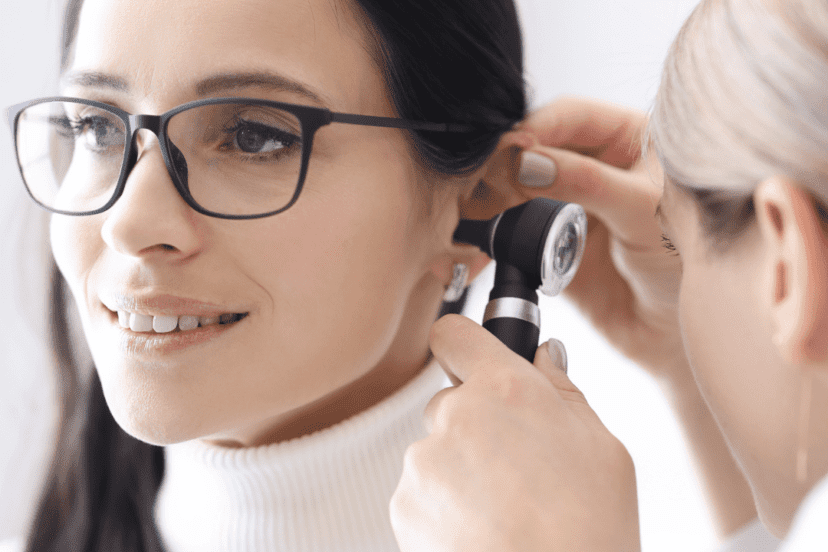Can hearing loss be reversed? It’s a question we get every day in our clinics, and the answer depends on what type of hearing loss is present, and the root cause.
There are three primary categories of hearing loss:
- Sensorineural
- Conductive
- Mixed
Sensorineural hearing loss stands as the most prevalent form, generally permanent. This type occurs due to damage to either the auditory nerve or the cilia (tiny hair-like cells within the inner ear). Once these components are harmed, they cannot be repaired. Nonetheless, hearing devices or cochlear implants can provide assistance and support. The causes of sensorineural hearing loss are diverse, with each cause requiring distinct interventions. Most cases are linked to the natural ageing process and the associated decline in hearing ability.
 Conductive hearing loss, on the other hand, emerges from obstructions or damage to the outer or middle ear. This type of hearing loss leaves the inner ear, auditory nerve, and cilia unaffected. The condition’s permanence depends on the underlying cause. Common factors include wax blockage, foreign objects, and disruptions in the connection between the middle ear’s bones.
Conductive hearing loss, on the other hand, emerges from obstructions or damage to the outer or middle ear. This type of hearing loss leaves the inner ear, auditory nerve, and cilia unaffected. The condition’s permanence depends on the underlying cause. Common factors include wax blockage, foreign objects, and disruptions in the connection between the middle ear’s bones.
Mixed hearing loss entails a combination of sensorineural and conductive hearing loss. Each case is unique, often warranting recommendations for treating either or both aspects of the hearing impairment.
The majority of hearing loss cases fall into the sensorineural category, generally irreversible. However, the array of available devices offers numerous options tailored to varying degrees of loss.
To learn more, call our team at 0333 320 7788 and schedule an appointment today.






